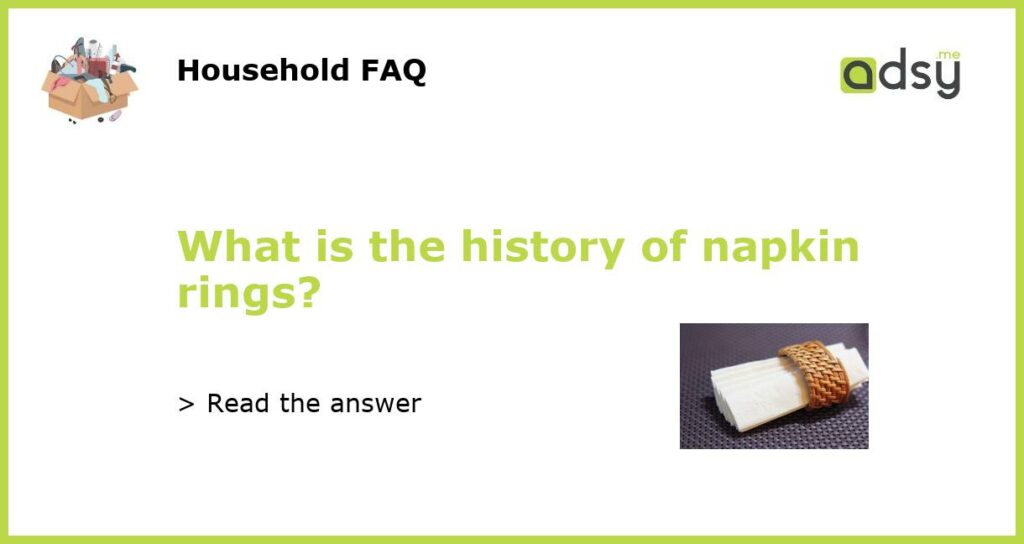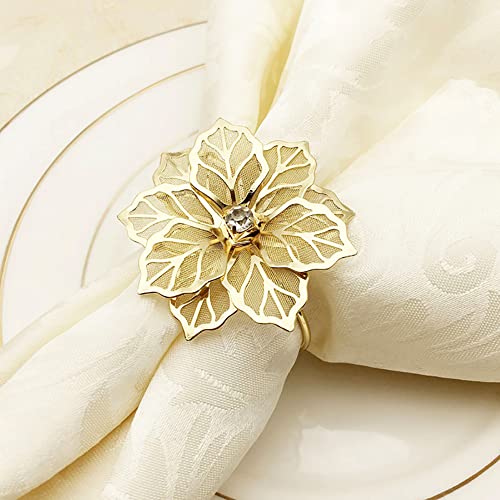The Origins of Napkin Rings: From Practicality to Prestige
Napkin rings may seem like a trivial item in today’s world, but they have a rich history dating back centuries. Originally used for practical purposes, napkin rings evolved into symbols of prestige and luxury in the Victorian era.
The Practical Beginnings of Napkin Rings
The use of napkin rings first emerged in the 16th century, when European nobility began using them to keep track of their personal napkins during meals. At the time, sharing a communal napkin was commonplace, and napkin rings provided a simple solution to the problem of distinguishing one’s own napkin from those of others.
The Victorian Era: A Shift Toward Prestige
In the Victorian era, napkin rings took on a whole new level of importance. With the rise of the middle class, many people aspired to the status and grandeur of their social superiors. Napkin rings became a way for people to show off their wealth and sophistication, and manufacturers responded by producing intricate and ornate designs made from expensive materials such as silver and gold.
Napkin Rings Today: Mixing Tradition and Trendiness
Today, napkin rings are still used by many people as a way to add a touch of class and elegance to their table settings. While classic designs remain popular, there are also many modern and trendy options available, featuring materials like acrylic or wood. Additionally, people are using napkin rings for more than just their intended purpose – they can double as place card holders or even be used to hold small gifts or favors.
A Small Item With a Big History
From humble beginnings as a practical solution to a communal napkin problem, to becoming a status symbol for the Victorian elite, napkin rings have come a long way. Despite their small size, they continue to be an important part of table settings around the world, blending tradition with modern trends.






